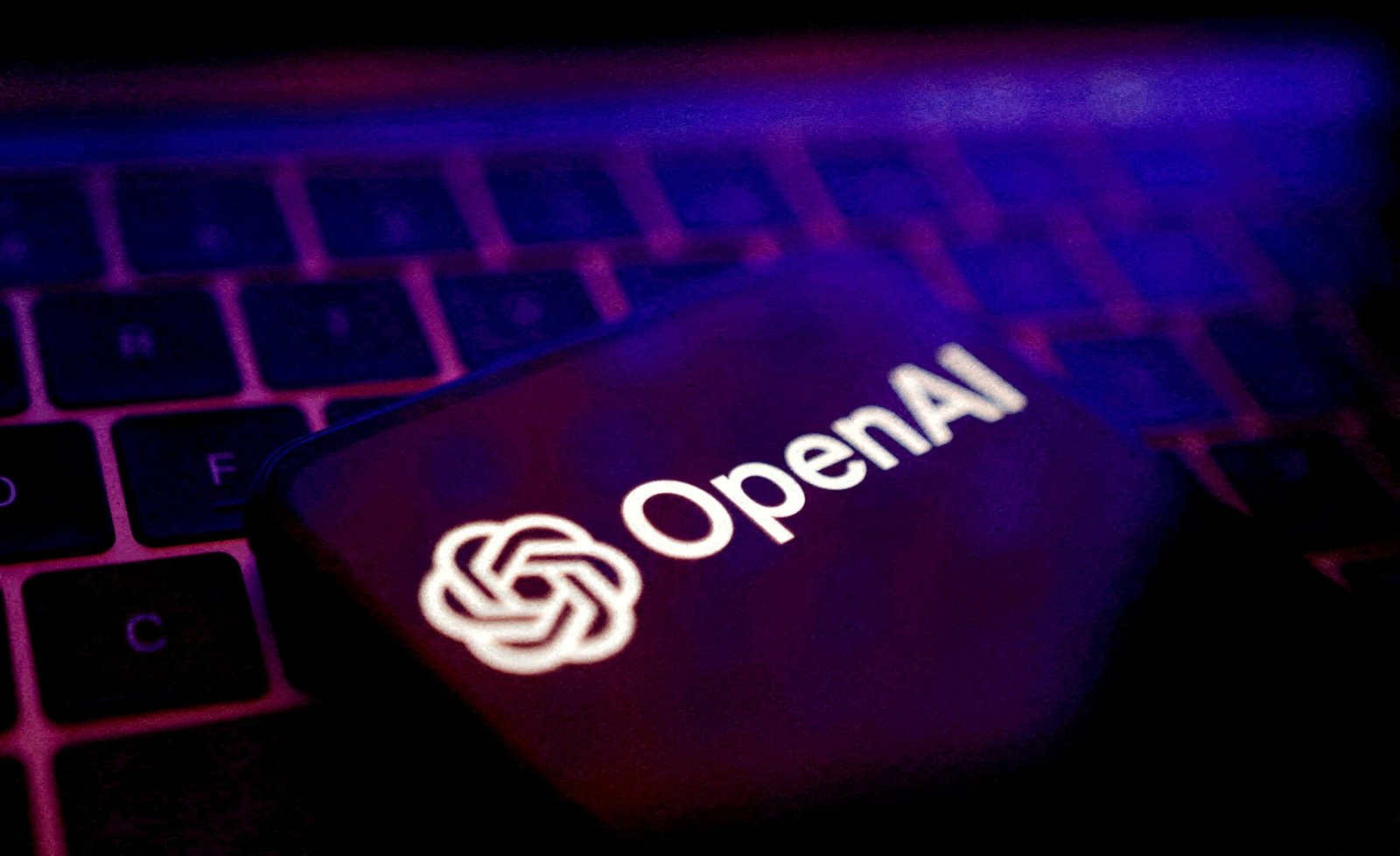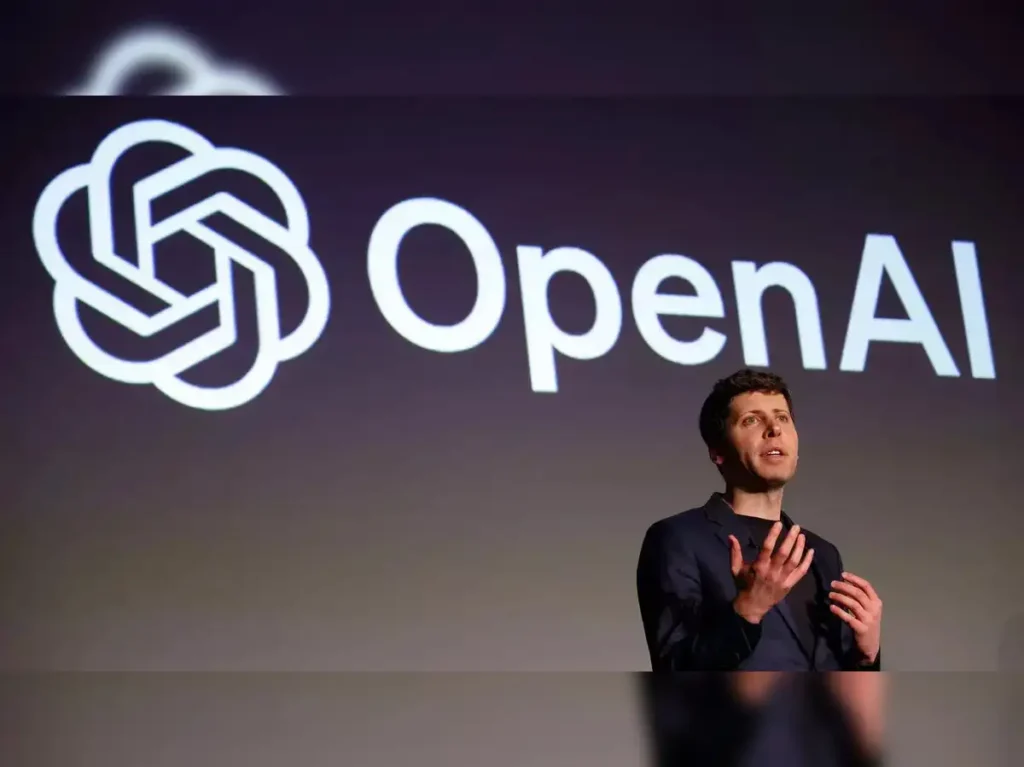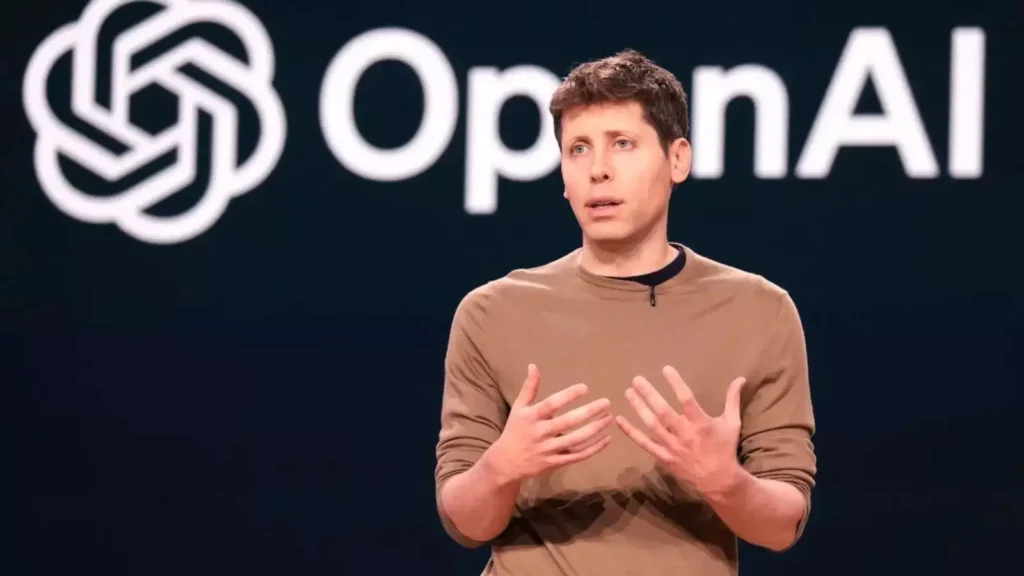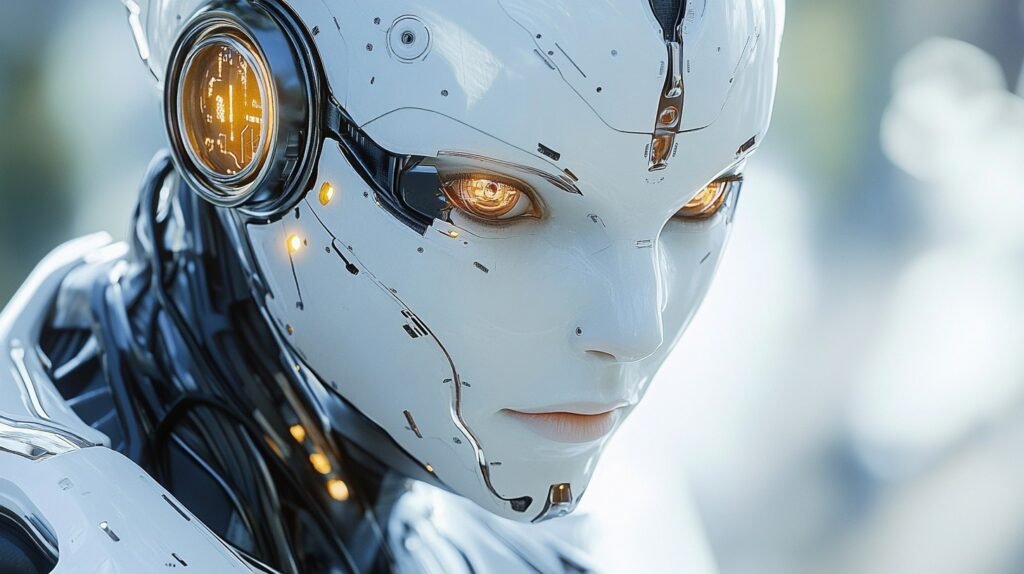Technology
Parag Agrawal reemerges after Elon Musk firing with AI startup that claims to beat GPT-5 on real tasks
Former Twitter CEO Parag Agrawal is back with Parallel Web Systems and a bold vision where AI agents, not humans, dominate the internet — starting with a research API that’s already outperforming humans.

Parag Agrawal, the former CEO of Twitter — now rebranded as x under Elon Musk — has officially reentered the tech spotlight. After nearly three years of public silence following his high-profile ouster in 2022, Agrawal has launched an AI startup that’s making ambitious claims and drawing serious attention.
ALSO READ : Crypto influencer calling himself ‘CP3O’ jailed after $3.5M scam with fake firms and stolen cloud power
His new venture, Parallel Web Systems Inc., aims to pioneer the next phase of AI agent evolution. According to a LinkedIn post shared on Friday, the company’s flagship product, Deep Research API, is already performing millions of automated research tasks daily — with benchmarks that allegedly beat OpenAI’s GPT-5 and even human researchers in specific areas.
We already power millions of research tasks every day,” Agrawal wrote, noting that coding agents are using Parallel to find documents and debug issues while a major public company is already automating human workflows with the system.
From ousted CEO to AI disruptor
Agrawal’s fall from grace was swift. After Elon Musk took control of Twitter in October 2022, Agrawal and other top executives were fired and soon sued Musk, claiming they were denied more than $128 million in severance. That case is still working its way through the courts, with a district judge greenlighting the lawsuit in November 2024.
But while legal drama lingered, Agrawal quietly returned to his roots in machine learning and AI research — something he specialized in during his time as Twitter’s Chief Technology Officer under co-founder Jack Dorsey.
Speaking to Bloomberg, Agrawal said, “I knew I didn’t want to clean up someone else’s mess… I started writing code again and reading papers. That’s when I realized — I wanted to build for AI.”
What is Parallel Web Systems?
Parallel Web Systems Inc. is a 25-person AI firm backed by $30 million in funding and headquartered in Silicon Valley. Its first product, Deep Research API, is designed for AI agents — autonomous digital workers that can collect, analyze, and summarize web content without human involvement.
Agrawal believes that soon, AI agents will be the internet’s primary users.
There’ll be more agents on the internet than there are humans. You’ll probably deploy 50 agents to act on your behalf,” Agrawal said in the interview. “That’s coming soon — maybe even next year.
The rise of AI agents — Ethereum and beyond
Agrawal isn’t alone in betting big on AI agents. Just last week, Coinbase developers Kevin Leffew and Lincoln Murr predicted that autonomous AI agents would become Ethereum’s most powerful users in the near future.
Using EIP-3009 — an Ethereum protocol enhancement — AI agents could one day manage stablecoin transactions, make purchases, run self-driving taxis, and even monetize digital content without human intervention.
With a growing number of developers and companies eyeing decentralized infrastructure, blockchain-based commerce, and AI-powered automation, Agrawal’s Parallel may be stepping into the right wave at the right time.
What comes next for Agrawal?
For now, Deep Research API is being quietly adopted by developers, public firms, and agent-based coding systems. But Agrawal’s longer-term vision hints at something much bigger — a shift from human-centric internet interaction to agent-dominated automation.
His initial idea, he shared, was to create an AI-powered healthcare startup, but he pivoted when he saw a broader opportunity.
I realized agents, not people, would be the biggest users of the web,” he said.
With OpenAI, Google DeepMind, and Anthropic currently leading the race in general-purpose AI, Agrawal’s focused niche — research automation for autonomous AI systems — might just give Parallel a competitive edge.
Technology
OpenAI unveils Sora 2 app to take on TikTok and YouTube… but copyright battles may be looming
The AI giant introduces a swipe-and-scroll video platform that lets users insert themselves into AI-generated worlds, setting up a new clash with TikTok, YouTube, and Meta.

OpenAI is moving beyond chatbots and into the social media battleground. On Tuesday, the company announced Sora 2, an AI-powered video generator app that allows users to create high-definition short clips with audio, using nothing more than text prompts.
The app, which borrows heavily from the swipe-and-scroll design of TikTok, Instagram Reels, and YouTube Shorts, will first roll out in the U.S. and Canada on an invite-only basis via Apple’s App Store.
From text to full scenes
Unlike traditional video platforms, Sora 2 doesn’t just let users upload footage — it lets them create worlds. Users can write prompts describing scenes, styles, or moods, then generate fully-produced video clips complete with background audio. In a move that could disrupt influencer culture, people can also upload short clips of themselves and be inserted seamlessly into AI-generated environments.
The company says its vertical feed will use an algorithmic recommendation engine to boost content that feels most engaging to individual users.

A crowded field of rivals
OpenAI’s launch comes amid fierce competition. Google recently integrated its Veo 3 AI video generator into YouTube, while Meta has rolled out its own stream of short-form AI-created videos. TikTok has already introduced its AI Alive tool, which lets users transform static images into moving video content.
The question now is whether Sora 2 can stand out. With a design nearly identical to TikTok’s feed, industry watchers suggest OpenAI is betting that its AI technology will make the difference.
Guardrails and nudges
To address concerns about “doomscrolling,” OpenAI says the infinite scroll function will be switched off by default for users under 18. For adults, the app will occasionally nudge viewers to start creating instead of endlessly consuming. Content will also be marked as AI-generated if exported off the platform, in a bid to increase transparency.
Still, not all the hurdles are technical. Mark Lemley, a professor at Stanford Law School, warned that copyright could become the company’s biggest challenge:
“I think they are certainly opening themselves up to lawsuits in particular cases,” Lemley told the Wall Street Journal, noting that OpenAI could face disputes over copyright material appearing in generated videos.
His caution isn’t without precedent. Anthropic, another AI company, recently agreed to pay at least $1.5 billion to settle a lawsuit over training its models on pirated books.

A delicate balance for creators
OpenAI insists it will allow copyright holders to opt out, but the system currently permits copyrighted material unless owners actively remove their works. For creative industries already wary of AI, that is unlikely to be reassuring.
At the same time, the company is striking licensing deals. The Wall Street Journal reported that News Corp — its parent company — has already signed a content agreement with OpenAI, highlighting the divide between publishers who see opportunity in AI partnerships and those who see threats.
The next wave of AI-driven entertainment
For OpenAI, Sora 2 represents more than just an app — it’s a step toward capturing user attention in the same way TikTok, YouTube, and Instagram dominate today. If successful, it could redefine how short-form content is created and consumed, blending human presence with entirely synthetic worlds.
But with regulators watching closely, rivals sharpening their tools, and copyright lawyers circling, the company may find that generating videos is the easy part. Winning the trust of creators, rights holders, and users could be the real test.
For more Update http://www.dailyglobaldiary.com
Technology
Anthropic launches Claude Sonnet 4.5 insiders say AI model codes apps runs audits and even buys domains
The new Claude Sonnet 4.5 AI from Anthropic promises production-ready coding performance, raising the stakes in its battle with OpenAI’s GPT-5.

The race to dominate the AI frontier has entered a new chapter. On Monday, Anthropic unveiled its latest model, Claude Sonnet 4.5, claiming it delivers state-of-the-art performance for coding tasks. More than just building prototypes, Anthropic insists the model can generate “production-ready” applications, marking a significant leap in reliability compared to its predecessors.
ALSO READ : SEC says DePIN tokens not securities shocking no-action letter sparks hope for crypto builders
Claude Sonnet 4.5 is available immediately via the Claude API and the Claude chatbot. Pricing remains unchanged from its predecessor, Claude Sonnet 4: $3 per million input tokens and $15 per million output tokens — the same cost structure that made the model competitive for developers building at scale.
Coding power beyond benchmarks
Anthropic emphasizes that the model has achieved industry-leading results on benchmarks like SWE-Bench Verified. But company researcher David Hershey told TechCrunch that numbers don’t fully capture its capabilities.
“I’ve seen Claude Sonnet 4.5 code autonomously for up to 30 hours,” Hershey said, recalling trials with enterprise customers. “It didn’t just build an application — it stood up database services, bought domain names, and even performed a SOC 2 audit to make sure everything was secure.”

Such long-horizon performance has drawn praise from developers already experimenting with the tool. Michael Truell, CEO of coding startup Cursor, called Claude Sonnet 4.5 “state-of-the-art coding performance.” Meanwhile, Jeff Wang, CEO of Windsurf, described it as a “new generation of coding models.”
Competition heats up with GPT-5
Claude’s release comes as OpenAI ramps up its rollout of GPT-5, which has outperformed Claude in several coding benchmarks over the past two months. The rivalry between the two AI giants — backed by Amazon, Google, and Microsoft on one side and Anthropic’s investors on the other — has made the AI landscape more volatile, with new “flagship” releases arriving every few months.
Apple and Meta are among the major companies reportedly using Claude models internally, and Anthropic has built a thriving business selling API access for coding platforms like Replit, Cursor, and Windsurf.
Safer, smarter Claude
Anthropic also stressed that Claude Sonnet 4.5 is its most aligned frontier AI yet. According to the company, the model is less prone to sycophancy, deception, and prompt injection attacks, issues that have plagued generative AI in production environments.
The launch also included two key additions:
- Claude Agent SDK, the same infrastructure behind Claude Code, designed to help developers build custom AI agents.
- Imagine with Claude, a temporary research preview for Claude Max subscribers, showing the model’s ability to generate software on the fly, responding in real time without pre-written code.
Rapid cycles, high stakes
This release comes less than two months after Claude Opus 4.1, highlighting the breakneck pace of development in the AI industry. With every update, Anthropic and its rivals face the same challenge: delivering meaningful improvements fast enough to stay ahead in an intensely competitive market.
For now, Anthropic hopes Claude Sonnet 4.5 can hold its own against GPT-5, offering developers the kind of reliable, autonomous coding performance that could transform how software is built.
As Hershey put it: “Benchmarks matter, but watching Claude build something real, end-to-end, is where you see its true power.”
Technology
Google shocks crypto world with $3B deal for Cipher Mining stake but here’s the twist
Google secures a 5.4% stake in Cipher Mining by backing $1.4B obligations in a multi-year AI data center partnership with Fluidstack

In a move that blends the worlds of artificial intelligence and cryptocurrency, Google has taken a surprising 5.4% equity stake in Cipher Mining. The deal, valued at $3 billion, ties directly to the company’s long-term strategy of expanding its role in high-performance computing (HPC) while keeping a firm foot in the evolving crypto-AI crossover.
ALSO READ : Snoop Dogg stuns AFL fans with 5 bold promises before grand final show
According to Cipher’s announcement on Thursday, Google agreed to backstop $1.4 billion of obligations owed by Fluidstack, an AI data center provider, in exchange for roughly 24 million shares of Cipher common stock. The agreement effectively gives the tech giant a 5.4% pro forma equity ownership in the Texas-based mining firm.
A bigger play in AI data centers
This transaction forms part of Fluidstack’s broader $3 billion, 10-year deal with Cipher, under which Cipher will lease out massive computing power to support AI operations. Specifically, Cipher will deliver 168 megawatts (MW) of computing capacity, expandable to 244 MW at its Barber Lake site in Colorado City, Texas. The site itself holds enormous potential, with a capacity ceiling of 500 MW and 587 acres of surrounding land ready for expansion.

Cipher CEO Tyler Page called the move a major step forward:
We believe this transaction represents the first of several in the HPC space as we continue to scale our capabilities and strengthen our position in this rapidly growing sector.
A repeat of an August surprise
The news follows another deal in late August when Google became the largest shareholder in TeraWulf by taking a 14% stake through a similar obligation-backing agreement with Fluidstack. The pattern is clear: Google isn’t just dipping its toes into crypto mining—it is strategically aligning with companies positioned at the intersection of Bitcoin mining and AI infrastructure.
Why crypto miners are embracing AI
The trend isn’t unique to Cipher. Other Bitcoin mining firms are pivoting to AI and GPU-driven computing. Just this week, CleanSpark announced a $100 million financing round that will partly fund AI infrastructure. Investors rewarded the move, sending the company’s stock up by 5% in after-hours trading.
A mid-September analysis by The Miner Mag highlighted that Bitcoin mining stocks have been outperforming Bitcoin itself, largely because investors are favoring companies with GPU and AI pivots. Similarly, Hive Digital Technologies reported record revenue and earnings in August after expanding aggressively into GPU and AI services.
What this means for Google
For Google, the deal signals far more than just a crypto investment. It underscores the company’s strategy to secure massive computing resources for AI development at a time when demand for GPUs and high-capacity data centers is skyrocketing.
By securing a stake in Cipher Mining, Google gains access to an energy-intensive, high-scale infrastructure that can be repurposed for AI workloads, while simultaneously positioning itself as a central player in the evolving crypto-AI landscape.
Industry watchers now wonder whether this is just the start of a larger acquisition spree that could see Google entwine itself even deeper with crypto-centric high-performance computing firms. If so, the next few years could redefine the future of both Bitcoin mining and AI.
-

 Entertainment1 week ago
Entertainment1 week agoAlyssa Milano removes breast implants says she finally feels free and authentic
-

 Technology News1 week ago
Technology News1 week agoChina opens Shanghai digital yuan hub to rival US dollar but here’s the bigger plan
-

 Entertainment6 days ago
Entertainment6 days agoDolly Parton delays Las Vegas concerts by nine months citing health challenges but promises unforgettable return
-

 Entertainment6 days ago
Entertainment6 days agoZoey Deutch engaged to comedian Jimmy Tatro after 4 years of dating with romantic beach proposal
-

 Sports4 days ago
Sports4 days agoTottenham’s Champions League wake-up call… why Spurs must stop looking like a Europa League side
-

 Technology1 week ago
Technology1 week agoGoogle shocks crypto world with $3B deal for Cipher Mining stake but here’s the twist
-

 Politics1 week ago
Politics1 week agoBarack Obama slams Trump administration over Tylenol autism claim calls it violence against truth
-

 Entertainment3 days ago
Entertainment3 days agoSurvivor Season 49 episode 2 shocker Kele tribe loses again and fans stunned by who went home



























